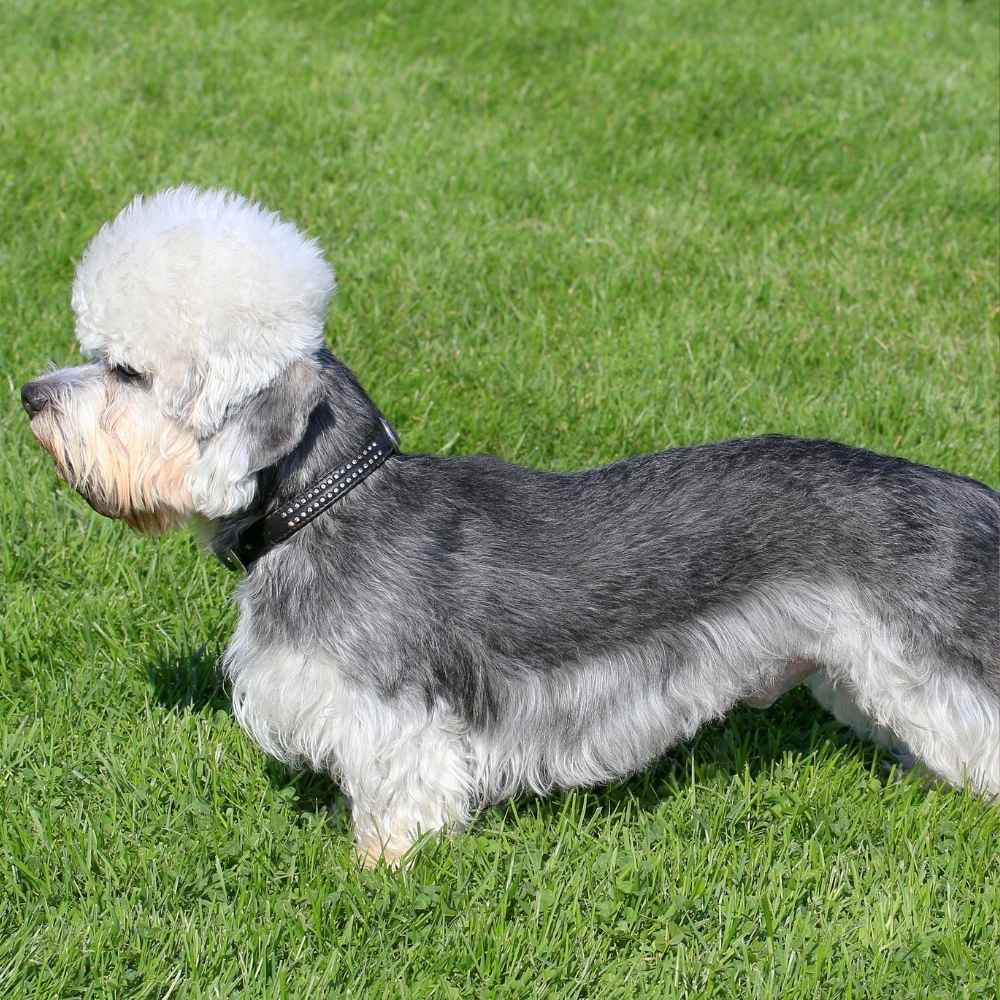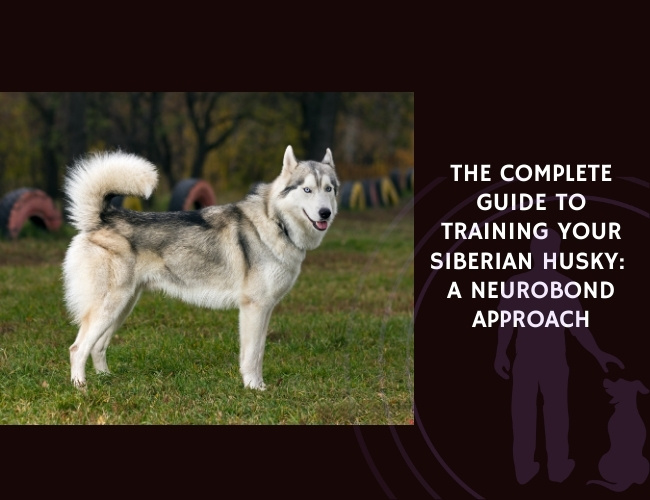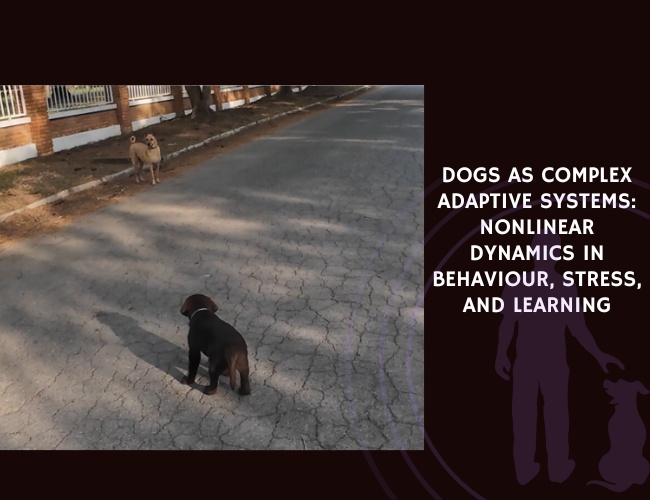Quick Facts about the Dandie Dinmont Terrier
- Origin: Scotland
- Weight: Males: 8–11 kg, Females: 8–10 kg
- Life expectancy: 12–15 years
- Coat Colour: Pepper (bluish-black to silvery gray) or mustard (reddish-brown to pale fawn)
- Breed Group: Terrier
With a long body, soft eyes, and a signature topknot, the Dandie Dinmont Terrier is as unique in spirit as in appearance. This small but fearless terrier brings charm, independence, and unexpected devotion into every room it enters.
Dandie Dinmont Terrier History
The Dandie Dinmont Terrier traces its roots to the border region between England and Scotland, where it was bred to hunt otters and badgers. First emerging in the early 1700s, this terrier gained fame when it appeared in Sir Walter Scott’s 1815 novel Guy Mannering, named after a fictional character who kept terriers—thus the breed’s unusual name.
Historically, it was prized by farmers and gypsies for its working grit and by the upper class for its refined elegance. Though rare today, it holds a vital place in the development of other terrier breeds.

Dandie Dinmont Terrier Temperament
Dandies are intelligent, calm indoors, and affectionate with their family. They are less excitable than many terriers but still exhibit classic courage and independence. With strangers, they may appear reserved but are rarely aggressive.
Though small, they are dignified and self-assured—often behaving like a dog twice their size. Training should be positive and respectful, as they dislike harsh handling.
Note: Dandies form very strong bonds with their owners and may become depressed if left alone for long periods.
Health and wellness
The Dandie Dinmont Terrier is relatively long-lived but prone to specific structural and genetic issues. Due to their long spine and short legs, they should avoid repeated jumping or rough play, especially on hard surfaces.
Routine veterinary check-ups and back-friendly living environments are key to maintaining good quality of life.
Significant problems:
Intervertebral disc disease (IVDD)
Glaucoma
Hypothyroidism
Canine Cushing’s disease
Epilepsy
Life expectancy: 12–15 years
🔍 Looking to go deeper into dog training?
Use these categories to explore targeted guides and articles on canine behavior, nutrition, obedience, entertainment, and more.








